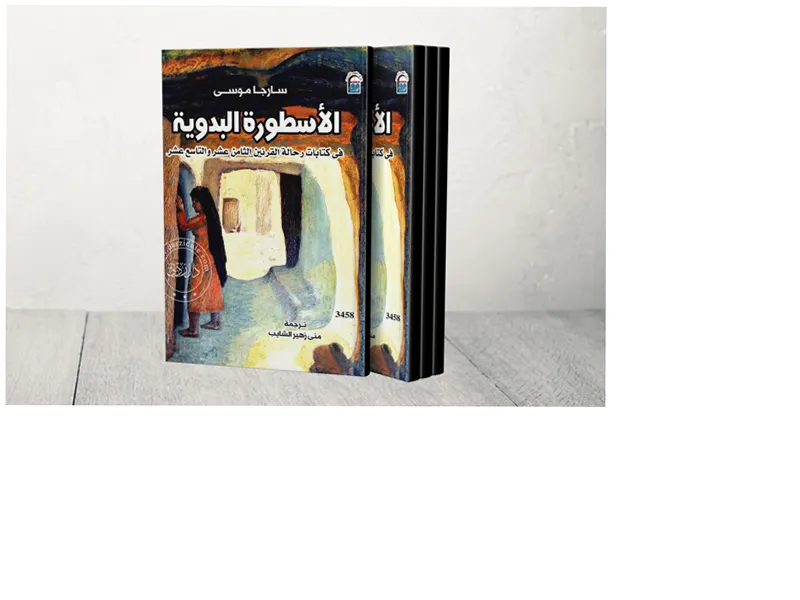The Legacy of Samira Moussa: Debunking Myths Surrounding Her Death
The mysterious death of Dr. Samira Moussa, an Egyptian nuclear scientist, has long been shrouded in exaggerations and conspiracy theories. Born on March 3, 1917, in Gharbia Governorate, Moussa was a pioneering figure in nuclear physics and the first woman to earn a doctorate in this field from the University of London in 1948. However, her tragic death in a car accident in the 1950s has led to rampant speculation about her being assassinated due to her scientific achievements. Experts have pointed out that while she was an early advocate for the peaceful use of nuclear energy, there is little evidence to support claims that she made significant breakthroughs that would justify such extreme measures.
Despite the myths surrounding her legacy, recent analyses reveal that Moussa's scientific contributions, while valuable, did not include the ability to convert common elements into radioactive materials, a claim often cited by conspiracy theorists. The narrative of her assassination appears to be more a product of societal stereotypes and media exaggerations than factual evidence. As scholars continue to investigate her life and work, it becomes increasingly clear that the truth is far less sensational than the stories that have emerged over the decades.
The Impact of Conspiracy Theories on Scientific Legacies
The recent death of Egyptian researcher Reem Hamed in France has reignited discussions about the phenomenon of conspiracy theories surrounding the deaths of scientists, particularly those from the Arab world. Much like the case of Moussa, social media platforms quickly speculated about Hamed's death being an assassination, despite the absence of any credible evidence. This pattern reflects a broader tendency to attribute mysterious deaths of scientists to foul play, often overshadowing their actual contributions to their respective fields.
Experts argue that this inclination stems from a cultural narrative that portrays scientists as targets of political agendas, especially in turbulent regions. The case of Moussa serves as a cautionary tale about the dangers of conflating tragedy with conspiracy, highlighting the need for a more nuanced understanding of scientific legacies that honors the truth rather than sensationalism.
- Samira Moussa's academic journey began at Cairo University, where she graduated with first-class honors before pursuing her master's and doctoral degrees. Her research primarily focused on the ionization of gases and the potential applications of nuclear physics in medicine, reflecting a commitment to advancing scientific knowledge. However, the myths surrounding her capabilities have often overshadowed her actual work. The narrative that she was the first female teaching assistant at Cairo University has also been debunked by scholars who point to earlier female faculty members. This pattern of exaggeration not only affects the perception of Moussa's legacy but also reflects broader societal issues regarding the representation of women in science. In light of these revelations, it is crucial to differentiate between the real achievements of scientists like Moussa and the myths that have evolved around their lives and deaths. Understanding their true contributions can foster a more accurate appreciation of their roles in the scientific community.






